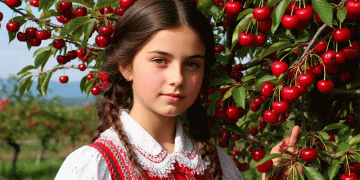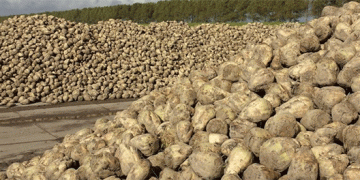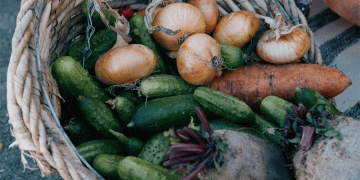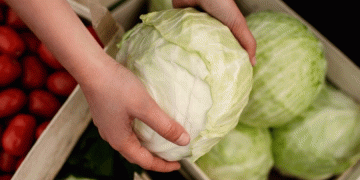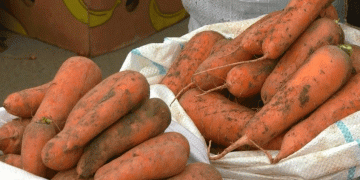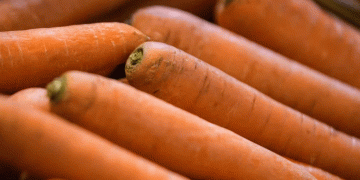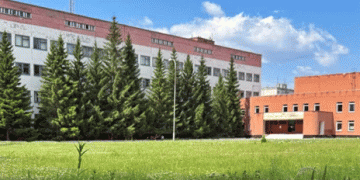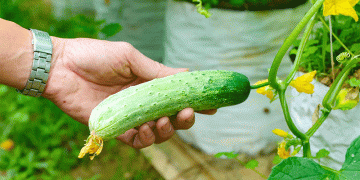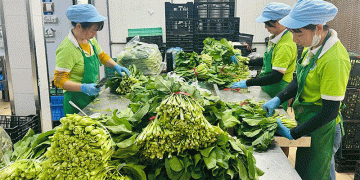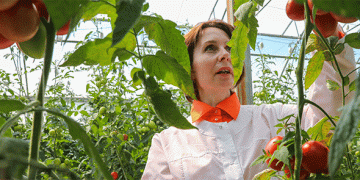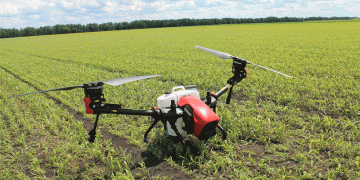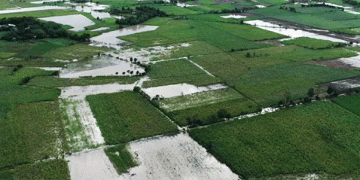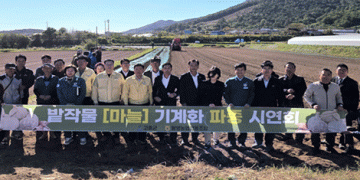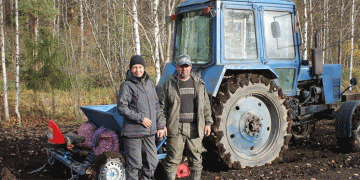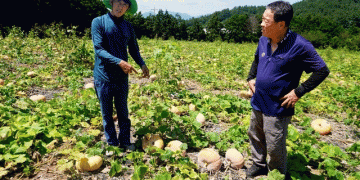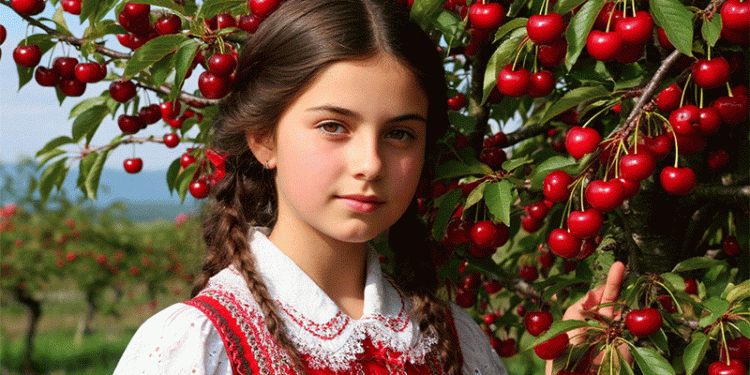The 2025 sour cherry season in Hungary has been severely impacted by adverse weather conditions:
- Spring frosts caused extensive damage, particularly to early-ripening varieties
- Total harvest estimated at 30,000 tons (FruitVeB)
- Far below normal yields of 60,000-70,000 tons
- Even lower than 2024’s already poor harvest
- Early varieties suffered the most significant losses
Market Paradox: Short Supply Meets Strong Demand
Despite the production challenges:
✔ Export demand remains robust, especially from traditional markets like Poland and Germany
✔ 25% of exports go as fresh fruit (remainder processed)
✔ Prices have surged due to Europe-wide shortages
- Other major producing countries also reported poor harvests
- Processing industry competing fiercely for limited supply
Strategic Implications for Growers
- Varietal Selection
- Increased focus on frost-resistant and later-ripening cultivars
- Protection Investments
- More growers considering frost protection systems (wind machines, sprinklers)
- Market Positioning
- Opportunity to premiumize Hungarian sour cherries in international markets
Long-Term Climate Challenges
- 3 of last 5 years have seen significant frost damage
- Average spring temperatures becoming more volatile
- Need for adapted orchard management strategies
While Hungary’s 2025 sour cherry harvest represents another weather-impacted season, the strong market demand underscores the crop’s economic importance. Growers must balance immediate production challenges with long-term investments in climate adaptation to secure the future of this valuable sector. The current price spikes may help offset some losses, but systemic solutions are needed for sustainable production.
